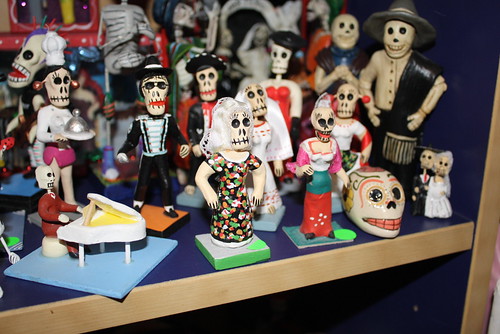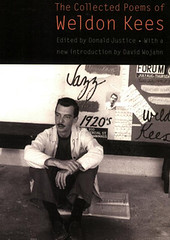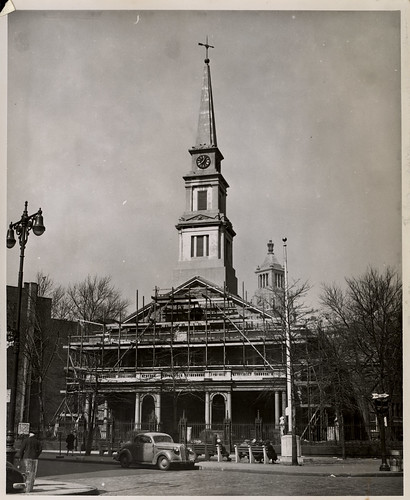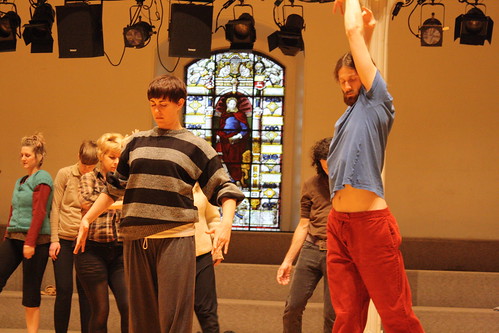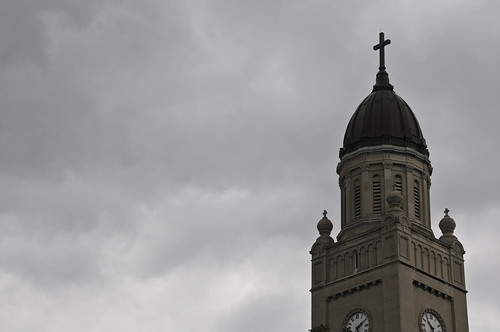 Rachel Wise
Rachel WiseHello, East Village.
We begin this morning with a look back.
On Friday, we wrote about the neighborhood’s history as a former enclave for German immigrants. One reader, Steve, reminds us that we would be remiss if we did not acknowledge one of the saddest chapters in neighborhood history – the fire aboard the General Slocum ferry, which killed more than 1,000 people on June 15, 1904.
The disaster, which was the deadliest in New York City until 9/11, is a well-known and heart-breaking part of neighborhood lore: members of St. Mark’s Lutheran Church boarded the steamship for a run up the East River to a church outing. A fire broke out. Many of the victims, particularly women and children, did not know how to swim. And many of the life jackets and lifeboats were ineffective.
Days after the blaze, The New York Tribune reported on the first bulletins it received about the fire. “The steamer General Slocum, carrying a Sunday school excursion from the East Side, is on fire in the East River opposite One-hundred-and-thirty-eighth-st. Women and children are jumping into the water, some with their clothing on fire.”
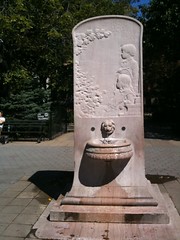 Sophie Hoeller The memorial to the victims of the General Slocum disaster in Tompkins Square Park.
Sophie Hoeller The memorial to the victims of the General Slocum disaster in Tompkins Square Park.Although determining the precise number of the dead proved elusive, it is generally agreed that 1,021 of the 1,342 of those aboard perished. A memorial to those who were lost stands in Tompkins Square Park.
In 2004, the last survivor of the disaster, 100-year-old Adella Wotherspoon, died at a New Jersey convalescent home. Mrs. Wotherspoon offered her own explanation for why the General Slocum might not be as widely remembered as other maritime disasters such as the sinking of the The Titanic, in which about 1,500 died. “The Titanic had a great many famous people on it,” she said. ”This was just a family picnic.”
In the East Village, though, the General Slocum will always sadly be remembered as so much more.
Read more…



